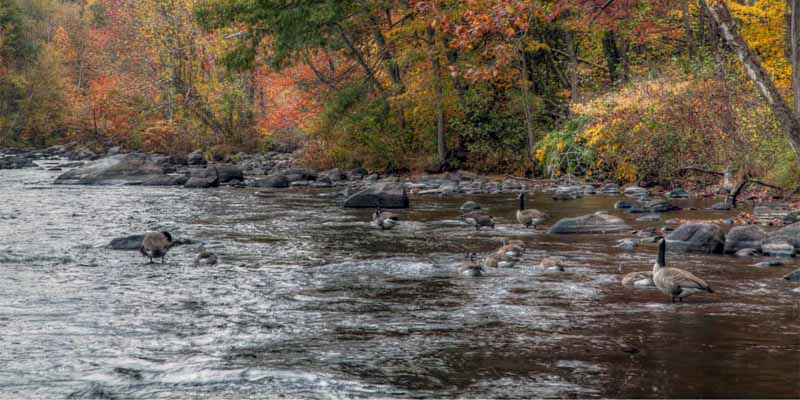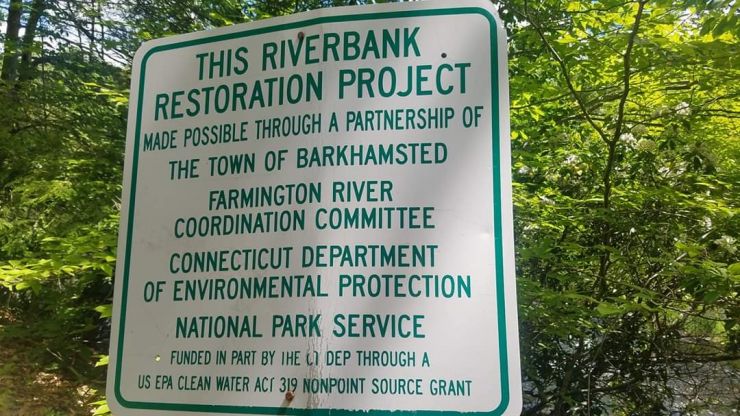
GRANTS PROGRAM
In 1994, the U.S. Congress designated the upper 14 miles of the West Branch of the Farmington River as “Wild and Scenic” based on its outstanding fish, wildlife, historical, and recreational resources. In 2019, 1.1 miles were added to the designation. The Farmington is a “partnership” river because its stewardship is based on a partnership among local, state, and federal entities. Congress established the Farmington River Coordinating Committee (FRCC) to promote the long-term protection of the Farmington River by:
- Bringing the interested parties in river management together on a regular and on-going basis;
- Stimulating cooperation and coordination among those parties;
- Providing a forum for all river interests to discuss and resolve issues; and
- Coordinating implementation of the Upper Farmington River Management Plan.
Periodically, the National Park Service provides funding to support FRCC activities. As part of its effort to support local endeavors and enhance protection of the upper Farmington River, the FRCC offers small grants for applicable projects.
To apply, please fill out the application and follow the instructions listed in the application form.
Project Eligibility
Projects that enhance the protection of the upper Farmington River and its watershed are eligible for consideration. Project focus can range from riverbank to watershed level. The project should directly benefit at least one of the following general areas:
- Conservation/restoration of the river and river-related resources (including critical uplands).
- Promotion of responsible recreational use.
- Public education about the river, its resources, and methods of protection.
- Public involvement in river-related issues.
- The project must be consistent with the Upper Farmington River Management Plan.
- Preferred projects will also provide opportunities to broaden partnerships between river stakeholders.
The following projects/activities are not eligible for funding under the FRCC Grants Program:
- Land protection projects and associated costs (are now funded through the FRCC Land Protection Program).
- Lobbying activities.
- Commercial or for-profit businesses and activities.
- Endowment funds.
- The purchase of computers.
- Reimbursement for already completed projects.
- Membership fees or dues to other organizations.

